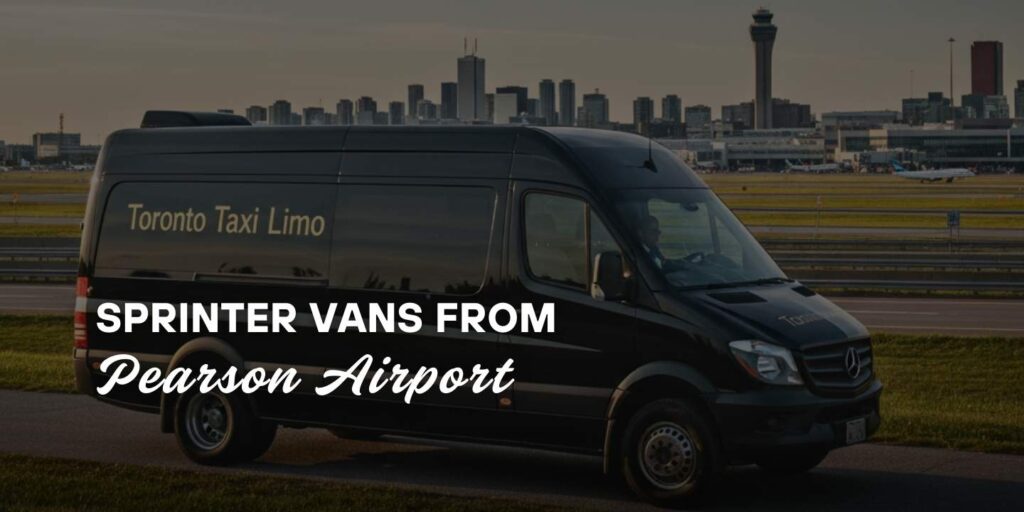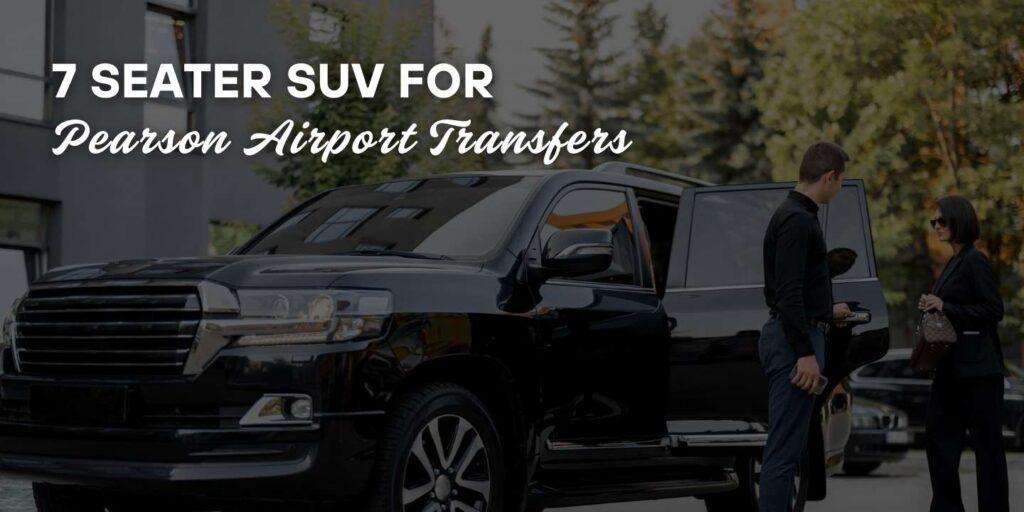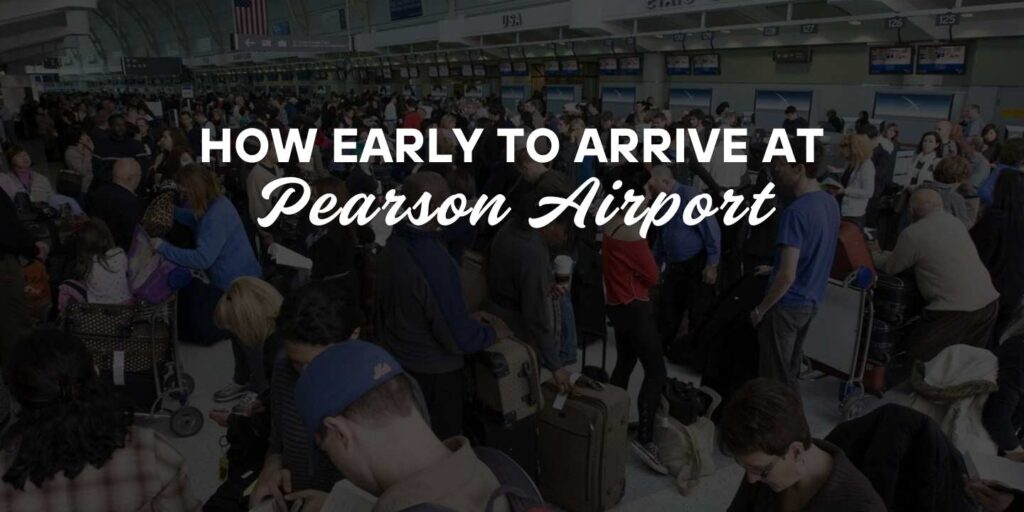7 Qualities of Limo Chauffeur For Toronto Airport Transit
7 Qualities of Limo Chauffeur For Toronto Airport Transit Just as a luxury ride is only as good as the person driving it, a limo chauffeur is often the most important factor in turning a regular drive into a luxury experience. A chauffeur with top driving skills, local knowledge, promptness and polished manners can provide a first-class limousine experience. In this blog post, you will learn the best qualities of limo chauffeur for Toronto Airport Transit. Some of the core foundational qualities: Having a clean driving record and being aware of the importance of safe driving are essential. In addition to having knowledge of the city in which they work, a top chauffeur possesses excellent navigation skills. They understand that despite today’s GPS technology, there are still other lanes for traffic, as well as alternate routes and shortcuts to get you on time. On time arrival is also a quality that is highly appreciated by a passenger. A well-groomed and a professional appearance adds to the respect and represent a level of class. Most passengers use the services of a chauffeur for business purposes or VIPs. It is essential for a chauffeur to demonstrate discretion and respect their passenger’s privacy by knowing when to speak and when not to speak. The best limousine services are the ones that provide personal service to their customers. They pay attention to detail and are attentive to the customer’s needs, so that customers enjoy every aspect of their ride in a clean, well-maintained vehicle with every possible comfort (such as bottled water and charging ports) during the entire trip. A good chauffeur is adaptable and maintains a calm, collected attitude when under pressure. When traffic is at a standstill, flight delays occur, and when severe weather changes occur, the good chauffeur is able to find alternate routes, change travel plans, and minimise the stress placed on a passenger. The impact of courtesy and politeness is felt on an emotional and subconscious level, lifting the travel experience above the other attributes of a car and driver. These are all the happy customers who have booked Toronto Taxi Limo’s services in the past through our online booking platform (added below), and left us with their kind words that has kept on motivating us to give the best service throughout the Greater Toronto Area, Hamilton Area, and other parts on Ontario, Canada. Choose Route and Days Choose a route, date and time of your trip! Choose a Car and Extras Choose a car and additional services! Complete the Booking Form Fill in a simple booking form and go! CALL NOW TO RESERVE YOUR RIDE 1 800-260-8901 (647) 689-5848 Who Does Qualities of Limo Chauffeur Matter To? Solo Passenger The importance of punctuality and reliability to a solo traveller can’t be overstated. A good chauffeur will know the local traffic patterns, be able to plan for any delays (especially when they’re transporting a client to/from an early morning or late evening flight), and be able to ensure that the ride to the airport is smooth and comfortable, thus reducing travel-induced stress. Discretion, respect, and attention to detail distinguish the chauffeur service from a taxi – and are significant factors in making the difference between a basic taxi ride and a stress-free limousine experience. Picture this: If a chauffeur arrives at least 15 minutes before the scheduled pick-up time; regularly monitors the real-time traffic flow and/or flight delays; adjusts his/her schedule as necessary to accommodate any of the above – that is going above and beyond. Many chauffeur guides have an adage that states: “Always be early and be prepared.” Family Travel For families, the need for helpfulness, courtesy, and caring attention to comfort, becomes increasingly important due to the additional challenges that accompany family travel, including transporting children and larger amounts of luggage. A chauffeur who is willing to assist with loading/unloading, provides a clean, spacious, and well-maintained vehicle, and who, upon request, is willing to provide a booster seat or to adjust the climate control settings based on the ages/temperatures of the children, can greatly enhance the overall travel experience. Additionally, the courteous and kind demeanor and non-judgmental nature of the chauffeur can assist in putting parents and guardians at ease, thereby allowing them to concentrate on their children rather than the journey. Corporate Travel The attributes of a chauffeur who serves businesses or corporate executives include professionalism, discretion, reliability, cleanliness, and a polished appearance with formal attire and a calm demeanor to demonstrate the respect given to passengers and establish an excellent first impression. Additionally, for a chauffeur, effective communication includes understanding when it’s appropriate to interact and when to remain silent, as well as being flexible and adaptable to changes in schedules, last-minute meeting requests, and unanticipated delays. Special Days When it comes to providing service to clients who are attending a wedding, special event, or similar function, a chauffeur is expected to be elegant, courteous, and offer meaningful and thoughtful touches. A well-dressed chauffeur assisting clients with the doors and luggage, and even assisting with attire (i.e., dresses or suits) by offering to assist them to open and close the doors as graciously as possible, conveys respect. Such small courtesies significantly enhance the experience for passengers who are celebrating. A clean vehicle with comfortable seating and climate-controlled air conditioning and refreshments can help passengers feel that the ride is part of the celebration. For LGBTQ+ Passengers When catering to a variety of client backgrounds (including LGBTQ+ clients), the ability of a chauffeur to provide a level of understanding, respect, and cultural awareness is of the utmost importance. The emotional intelligence of a chauffeur to know how to communicate respectfully, what to say to foster conversation, and what to refrain from when providing space will help build trust, comfort, and openness. The need to maintain discretion and confidentiality becomes much more important for clients who wish to remain private. Therefore, a chauffeur who understands how to respect boundaries and refrain from prying or intruding
7 Qualities of Limo Chauffeur For Toronto Airport Transit Read More »





